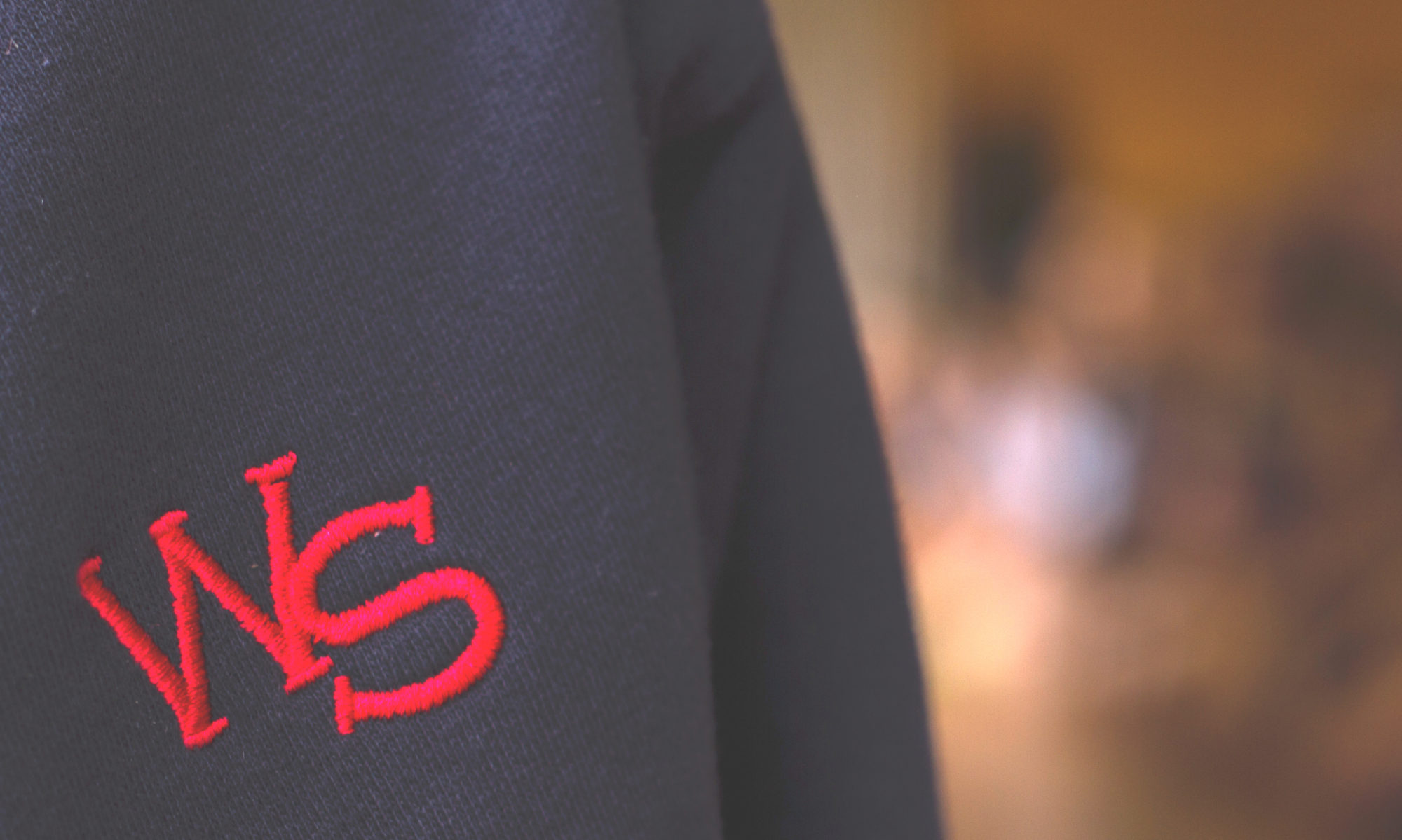Te Kāhui Ako/Communities of Learning
A Kahui Ako or Community of Learning is a group of education and training providers that form around their students’ education pathway, working together to help students achieve their full potential.
By collaborating and sharing teaching capability and expertise, children’s and young people’s learning pathways are supported and their transition through the education system is improved.
Communities of Learning also provide more opportunities for parents, families and whānau and communities to be involved with their children’s and young people’s learning.
Schools and kura within a Community of Learning are resourced to allow time for teachers to work together on tackling the achievement challenges, drawing on each other’s skills, knowledge and experience. Communities of Learning also open up new career opportunities for principals and teachers.
At Wadestown School we belong to Te Kāhui Ako o Te Whanganui-a-Tara.
Our Kāhui Ako consists of nine schools; 2 colleges and 7 primary schools; Karori Normal School, Karori West Normal School, Kelburn Normal School, Northland School, Brooklyn School, Wadestown School, Makara Model School, Wellington College and Wellington Girls’ College.
All nine schools surround the harbour, hence the name Te Whanganui-a-Tara.
All our schools are committed to preparing our students for success and developing confident, connected, actively involved, lifelong learners (NZC). As both collective and as individual schools, we are committed to guiding students to realise their individual potential and to be equipped with skills, learning dispositions and qualities that will enable them to respond to the complex and changing world with confidence.
Our Kāhui Ako Vision is “Promoting collaboration across our community to support the wellbeing and optimise the achievement outcomes at all stages of education”.
In developing our vision we have discussed the importance of transitions over a wide range of contexts and points in time from early childhood through to secondary and beyond. The importance of providing connections with the past, present and future for students will assist in providing smooth transitions so that we are able to respond to the individualised needs of our learners.
As students journey from early childhood through secondary school and, in many cases, onto tertiary training or tertiary education, they should find that each stage of the journey prepares them for and connects well with the next.
